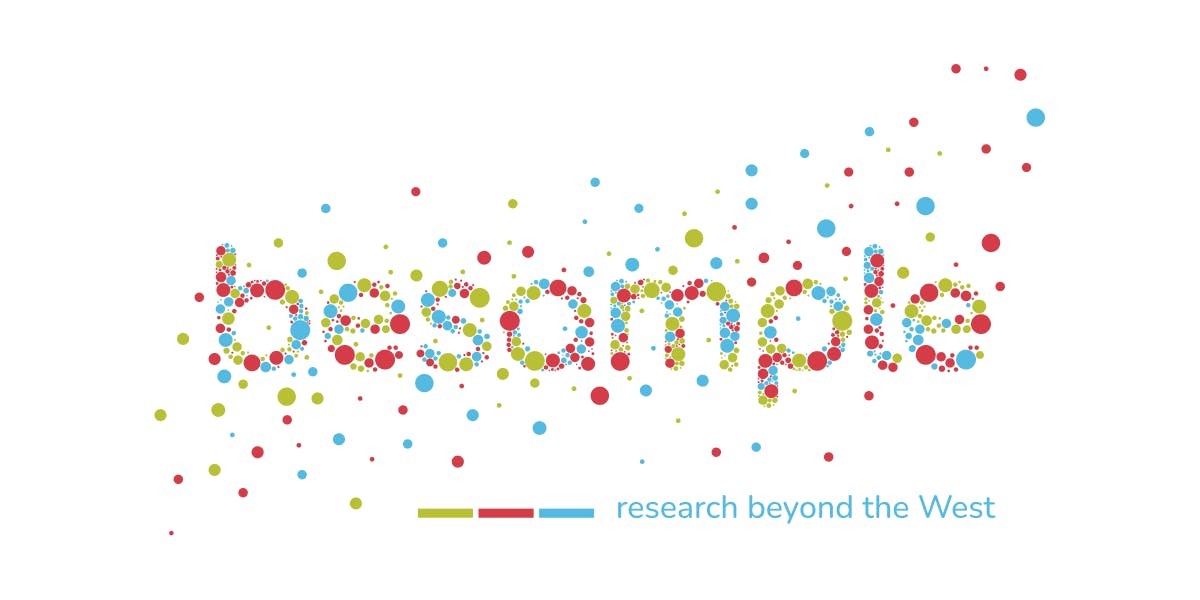 I’m Associate Professor of Economic Psychology at the London School of Economics. My other affiliations include:
I’m Associate Professor of Economic Psychology at the London School of Economics. My other affiliations include:
– Affiliate of the Developmental Economics Group at STICERD
– Affiliate of the Data Science Institute
– Director of the PhD Programme in Psychological and Behavioural Science
– Fellow at the Charter Cities Institute
– Technical Director of The Database of Religious History
– Board member of the One Pencil Project
– Founder of LSE Culturalytik – a new approach to culture and diversity
My research focuses on answering three broad questions:
(1) Why are humans so different to other animals?
(2) What are the psychological and evolutionary processes that underlie culture and social change, and how is information transmitted, maintained, and modified?
(3) How can the answers to these questions be used to tackle some of the challenges we face as a species?
I use a two-pronged methodological approach to answer these questions, combining mathematical and computational modeling (evolutionary models, game theory models, etc.), and experimental and data science methods from psychology and economics. I use the “Theory of Human Behavior” that emerges from this approach to tackle a variety of related topics, including innovation, corruption, the rise of large-scale cooperation, and the navigation of cross-cultural differences.
I am particularly interested in the application of research in cultural evolution to public policy. More details on my research program can be found here.
I have won several significant awards for my research, most recently:
- 2023 HBES Early Career Award for Distinguished Scientific Contribution, Human Behavior and Evolution Society (HBES)
- 2023 HBES Rising Star Award, Human Behavior and Evolution Society (HBES)
- 2022 SAGE Emerging Scholar Award, Society for Personality and Social Psychology (SPSP)
- 2021 CIFAR Azrieli Global Scholar, Canadian Institute for Advanced Research (CIFAR)
- 2021 APS Rising Star, Association of Psychological Science (APS)
At 32, I was one of the youngest tenured professors at LSE.
I enjoy building things to solve problems. Some of my activities:
Founder

Fellow or Advisory Board Member
Teaching
Substack Newsletter
My CV is available here.
My new book, A Theory of Everyone: Who We Are, How We Got Here, and Where We’re Going is available here: https://atheoryofeveryone.com














